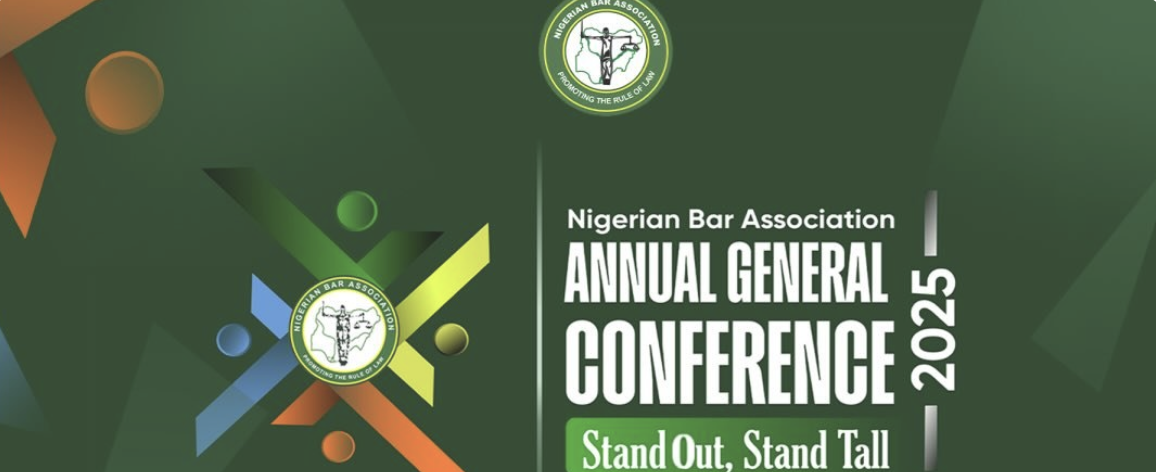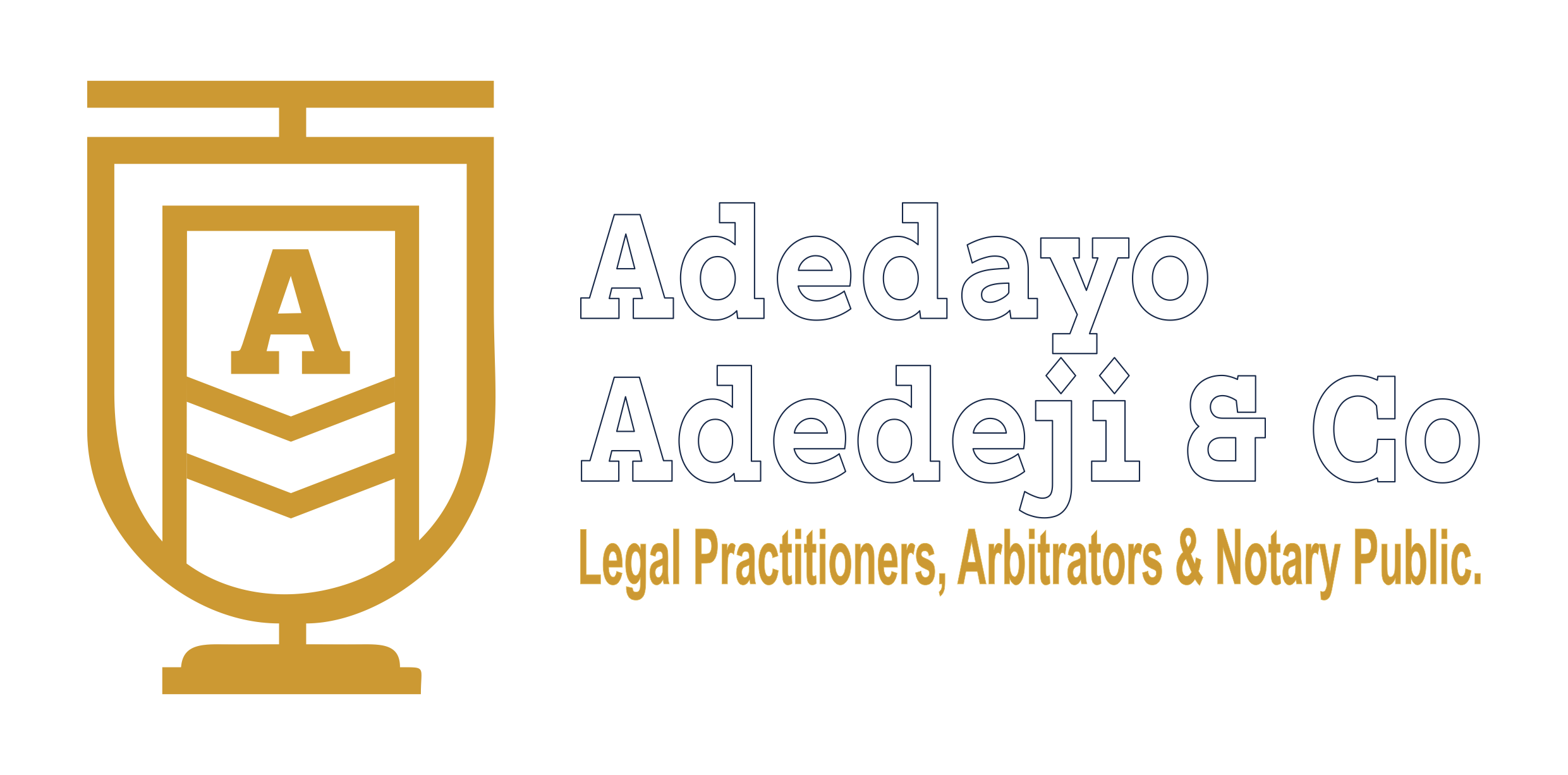
Justice Mabel T. Segun-Bello's Speech at the NBA Conference in Enugu: Lessons from My Mentor's Perspective
On Wednesday, 27th August 2025, I attended the Nigerian Bar Association Conference in Enugu. One of the most unforgettable moments of the week was listening to my mentor, Honourable Justice Mabel T . Segun-Bello, deliver an inspiring address right after the plenary session. From the very first story she shared, I was completely drawn in. Her speech was full of culture, humour, personal experiences, and a powerful message that challenged and inspired everyone in the legal profession.
Humility and RespectShe set the tone with a light-hearted story from Owerri, sharing:
"At my sendforth in Owerri, the very first item on the agenda was the breaking of the kola nut. A tray was placed before me with the kola sitting right there, and without thinking much of it, I reached out to break it myself. Just then, I was quickly stopped and told, 'No, that’s not for you!' In Igbo culture, the honour of breaking the kola nut belongs only to the eldest red-cap chief present in the room. To my surprise, that person happened to be the gateman. With all respect, I gestured to him and handed the kola nut over. He broke it, offered a heartfelt prayer for me, and I have carried that prayer with me ever since. I often joke that perhaps he had never before had a judge bow and hand him a kola nut, but on that day, he New Partnerships Formed was the true chief. And just like him, I trust that you too will pray for me."The story had the entire hall listening closely, but I was smiling so hard because I could imagine exactly how that moment must have felt. It reminded everyone of humility, respect for tradition, and how true leadership also means honouring those we might easily overlook.
Justice on TrialJustice Segun-Bello tied this to the conference theme standing out and standing tall, calling it a clarion call to the legal profession. Drawing on 22 years as a Judex in the lower courts and the High Court, she said that while the plaintiff and defendant stand trial in civil cases and the complainant and defendant in criminal matters the person who is ultimately on trial is the judge. On that basis, she presented her paper, “Justice on Trial, ” explaining that justice, often described as a pillar of society, still labours under the weight of delays and other pressures. She laid out why justice is on trial despite its importance. Justice matters because it underpins democracy, supports economic stability, and strengthens social trust. Yet it is tested by delays, system inefficiencies, corruption, bureaucratic bottlenecks, inconsistent judgments, and structural flaws. Because of time, she chose to focus on one driver: system inefficiency.
Here, she pushed back against a common assumption. People often think inefficiency is about the people. In her words, it is really about the structure not working.
If the structure is broken, it creates a fertile ground for corruption.
She illustrated this with a candid example from 2022, when she became Director, Commissioner for Oath (DCI) at the FCT High Court, responsible for the Commissioner for Oaths and the affidavit registry, after 18 years as a magistrate. The Chief Judge told her the department was carved out for her and asked her to repair the bad name affidavits had earned the court both nationally and internationally.
The problem had festered for over 30 years and had become normalised. Business centres outside the court were producing affidavits.
To confront this, she leaned on what she called intentional curiosity. She explained the “iceberg of ignorance,” a management idea: only about 4% of frontline problems are known at the top; roughly 9% are known to the middle; but those at the lower ranks know practically 100% of the real issues.
So she spoke with gatemen, cleaners, and other lower-ranked staff.
What she found reinforced her core point: system inefficiency is the greatest enabler of corruption.
Something as simple as a broken photocopier could push people to avoid three hours of waiting and instead patronise fake affidavit vendors outside.
Her team’s answer was to deliver a technical knockout to the old process by building a digital infrastructure.
All commissioners were put on a secure, end-to-end platform with access controls, blocking protections, and related safeguards.
She stressed she wasn’t there to market the FCT, only to show that inefficiency is about structure, not personal failings.
When the structure works, people can do their jobs. When it does not, even honest people are pulled into bad systems.
Alongside inefficiency, she added that bureaucratic bottlenecks, inconsistent judgments, and corruption also keep the judiciary “on trial.”
Her team’s answer was to deliver a technical knockout to the old process by building a digital infrastructure. All commissioners were put on a secure, end-to-end platform with access controls she described them as blocking protections and related safeguards. She stressed she wasn’t there to market the FCT , only to show that inefficiency is about structure, not personal failings. When the structure works, people can do their jobs. When it does not, even honest people are pulled into bad systems. Alongside inefficiency, she added, bureaucratic bottlenecks, inconsistent New Partnerships Formed judgments, and corruption also keep the judiciary “on trial. ” At one point she referenced slides on structural flaws in our justice architecture and joked about the organisers chasing her for time. She returned to digital reform with a concrete example. Seeking a model for an end-to-end affidavit registry management system one with no physical inputs at any stage she searched across Africa and beyond. Rwanda had such a system. Inspired by that, her team implemented what she described as the first complete digital affidavit registry management system in Nigeria, and the first in West Africa. As for the future of digital litigation, she noted that the topic is vast, but the direction of travel is unmistakable.
Technology and AIShe turned to what needs to change. Over the years, many reforms have been proposed, and at the top of the list is the digitalisation of the judiciary. But if we digitise the courts and the key players themselves do not embrace digital tools, the whole system will still stall. She asked how many in the room were already using AI and made a simple point: whether or not we like every AI tool, AI is here to stay. The good news is that because much of legal work is rooted in human law and ethics, AI is unlikely to take our jobs. The bad news is clear: the lawyer who is not AI-compliant will likely lose opportunities to the lawyer who is.
Time Limits and Specialised TribunalsShe also argued for case time limits to reduce endless delays. She urged wider use of specialised tribunal models for specific matters immigration, intellectual property, environmental issues, and financial services. Tribunals are judicial or quasi-judicial forums with more flexible, less formal procedures than traditional courts. They should not replace judges, but they can ease the heavy burden on them. Judges are overworked; a small mistake in court often means an adjournment, the familiar “take a date” because the real work piles up after court sittings: signing orders, drafting rulings, and writing judgments. With more specialised tribunals handling defined disputes, that burden would be lighter and justice faster.
Call to Young LawyersIn her closing movement, she spoke directly to young lawyers. She sees fewer and fewer of them in court. Finances play a role here, but the bigger gap is mentorship. Be intentionally curious: if you do not know something is broken, you cannot help to fix it. Be intentionally courageous: when you see what is broken, step up and repair it. Be intentionally spiritually conscious: the pressures and temptations in legal practice are real, and you need grounding. Be intentionally legacy-conscious: legacy is the power of your name; what you leave behind is what others will have to live with and build on.
Closing NoteShe ended by wishing everyone a successful and enriching close to the conference, looking forward to the recommendations and resolutions that would emerge. Above all, she urged us to leave with a renewed commitment to justice, equity, and the rule of law in Nigeria.
My Take-Home LessonsListening to my mentor’s address left me with more than just insights into justice and reforms. Two lessons struck me most — humility and advice to lawyers.
Her story about the kola nut showed that true leadership is not about position or titles; it is about honouring people, even those society might overlook.
The simple act of recognising the gateman as the rightful elder to break the kola nut spoke volumes. It was a reminder that humility and respect are not weaknesses but strengths that dignify leadership.
Her closing advice to lawyers, especially young ones, also stayed with me.
Curiosity, courage, spirituality, and legacy are not just lofty ideals — they are tools we need every day in practice. If we do not cultivate them intentionally, we risk losing both our relevance and our values in the profession.
